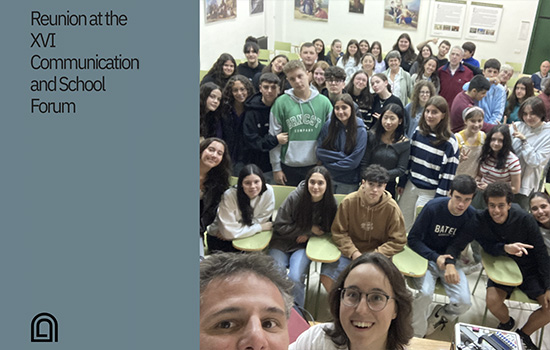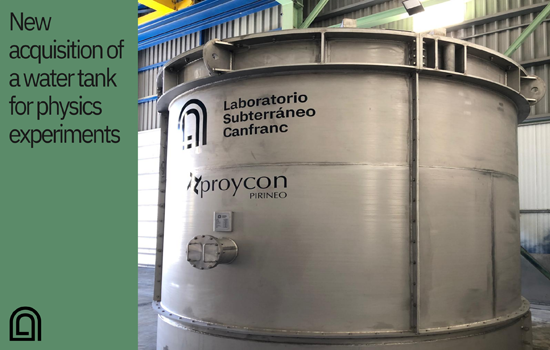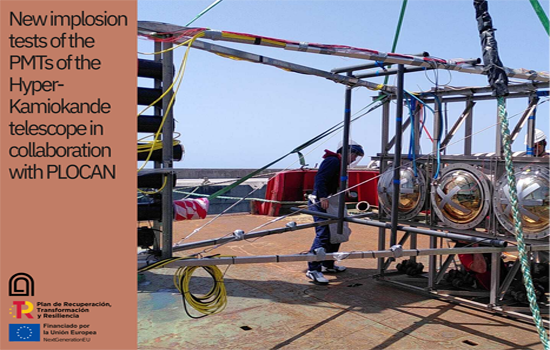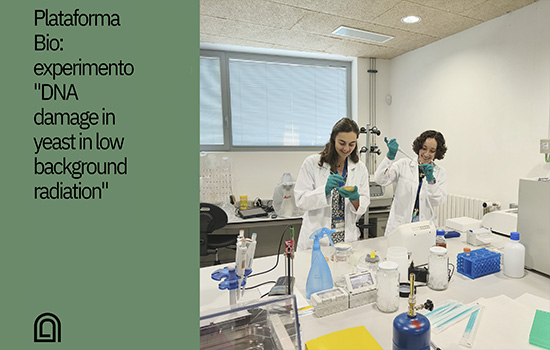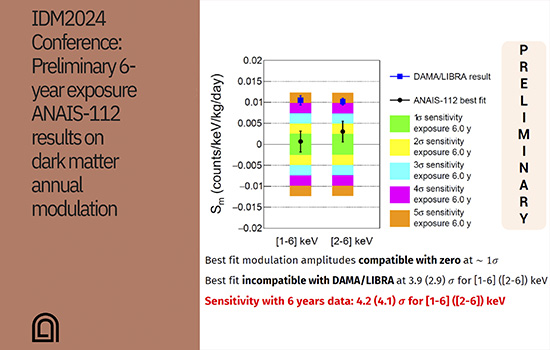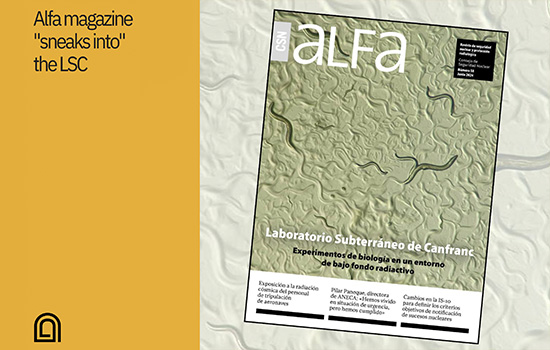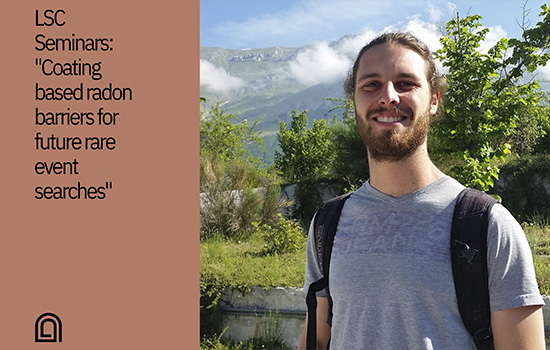Reunion at the XVI Communication and School Forum
Pipo Bayo and Beatriz Hernández reunited with the students who participated in the 1st LSC Scientific Classroom for ESO students in 2023. The event took place on October 3rd at IES Elisa y Luis Villamil in Vegadeo (Asturias). During the session, they gave a talk on the origin of matter in the Universe and led a hands-on activity on natural radiation.


